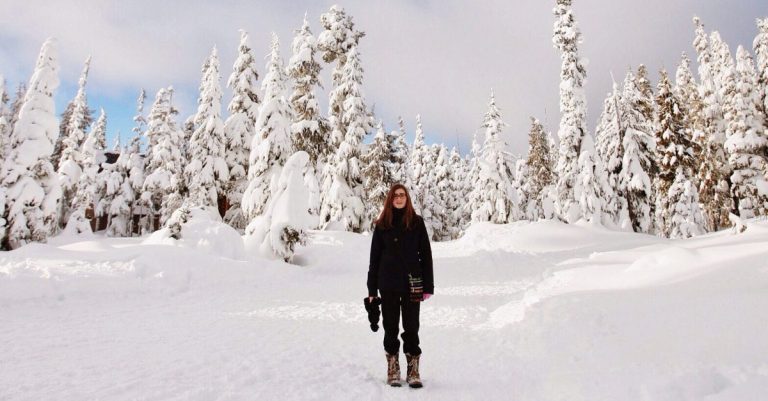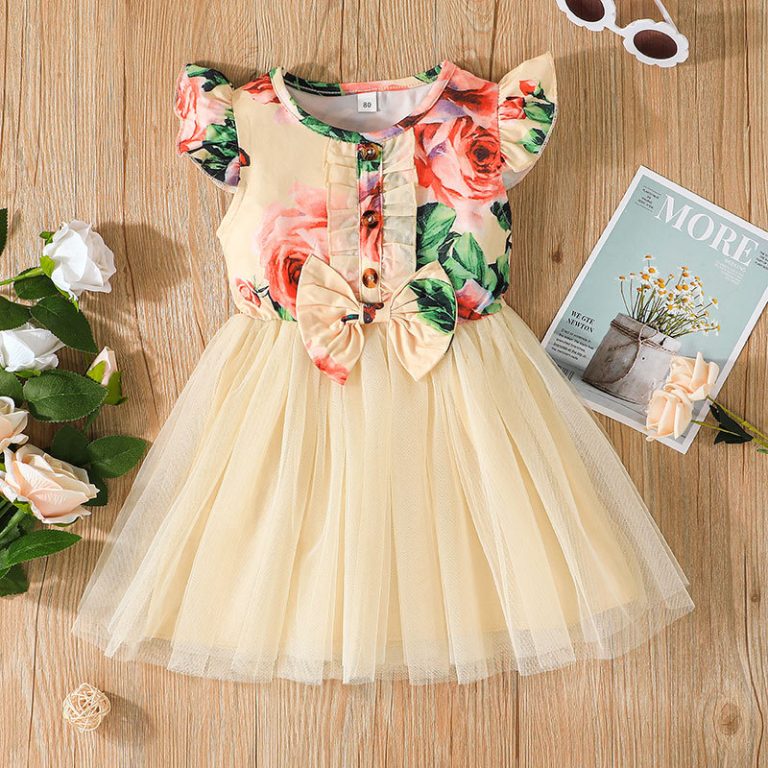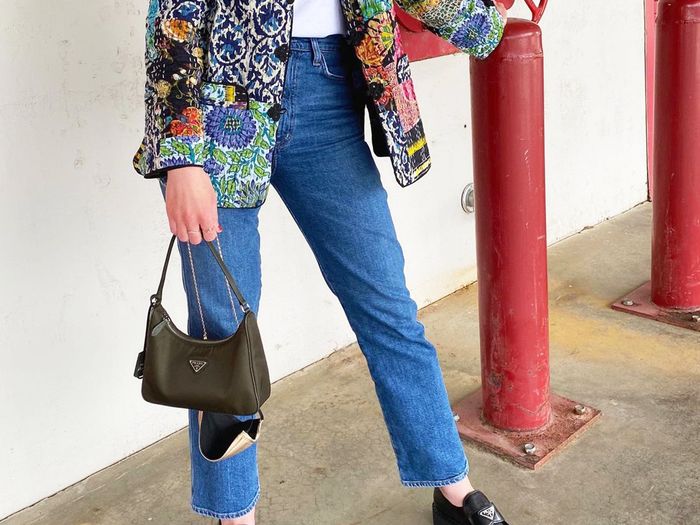Know All About Lehenga and Saree

India is a giant in the textile and garment sector and decorates the position of the world’s second largest producer of garments and textiles. India is also the fifth largest exporter of textiles spanning apparel. The basic strength of Indian textile industry is its ability to produce a wide range of fibre/yarn from natural fibres like cotton, silk, jute, wool to synthetic fibres like polyester, nylon ad acrylic. This unique ability gives India a cutting edge in the fashion industry as well. Indian fashion sector comprises of a multitude of amazing varieties of textiles, garments and designs. The remarkable implication of India’s history, geography and culture impact every aspects of society and life, in which clothing style is also an unavoidable characteristic.
Most of India’s traditional garments possess a long and illustrious history, but nothing replaces the glory and enamoring stance of lehenga choli. The Indian lehenga which had invariably been the central part of Indian fashion has a watershed history.
The history of lehenga goes back to the Mughal era, which was when this garment was first worn by the women. Its elegance helped it gain widespread popularity in a very short period, making it the most common garment not only among the affluent or the royals, but also among the masses. States like Rajasthan and Gujarat welcomed lehenga, quickly making it the most popular form of dress among women of all ages and classes. Throughout its long checkered history, lehenga choli endured numerous alterations in its design and appearance.
The outfit worn today is the new face of lehenga, the traces of its primitive models can be traced in the villages of Rajasthan to the pattu pavadai in southern India. The evergreen demand for lehenga encouraged designers to delve into phases of history to understand the transformation and formulate the right mix of tradition and contemporary trends to keep up the style and aura of lehenga.
Bridal Lehenga
The majesty of lehenga made it an avoidable presence in the grand Indian weddings too. The lehengas used in weddings are rich, ornate and exquisite in their look just like the ones used by the Maharajas and Nawabs. Unlike yesteryears, the present-day designers are trying unusual colors like off-white, ivory, grey and even black instead of the typical red, pink and green to make a mark of time on lehengas.
Lehenga Designs
The designs and patterns of lehenga also evolved with time and made its mark in the history of lehenga choli. Though rich gold thread designs (zari or zardozi work) always remained the most popular, numerous other styles including ‘ektaarkakaam’, cut dana, gotapatti andbuti work are also used extensively to craft exquisite and intricate designs of artistic, nature-inspired themes and patterns.
Fabric Used
In terms of fabric, cotton and silk continue to be the most sought out and favorite. However, contemporary designers continue to experiment with chiffon, georgette and crepe. Velvet, net and tissue are also layered to design lehenga that still remains young, gorgeous and modern in traditional India.
Saree
Like Lehenga, saree is also a widely accepted traditional cum contemporary fabric form in India. It is considered as the symbolic gesture of femineity in India. Indian women’s love for sarees is well-known, which gives an evergreen platform for the designers to come up with fresh designs and fabric in saree. Though quite commonly used even in modern era, the origin of saree can be traced back during the Indus valley civilization (2800-1800 BC). At more than five thousand years of existence, saree is considered as the oldest form of unstitched garment existing in the world. The credit of introducing the art of stitching in India and the culture of wearing tight fit blouses called ‘Cholis’ along with the sarees existed during that time period goes to the Persians. Six to nine meters in length, saree has come a long way to be seen in catwalks, Bollywood movies, simultaneously on the streets of rural and urban India. Accepted by women from all walks of life, saree epitomizes grace and everlasting elegance.
Saree Fabrics
Though the unrelenting journey of saree began with cotton, modern day designers use khadi cotton, silk, linen, nylon, rayon, polyester, art silk, dhupian silk, kora silk, khataan silk, chiffon, georgette, crepe, organza, viscose, jute, bamboo yarn, secoand many other light fabrics that make sarees comfortable for daily use. Among these fabrics georgette and chiffon are known for their smooth, soft and feminine feel, while crepe is known for its crumpled texture.
Saree Draping Styles
Though an unstitched rectangular piece of garment 3.5 to 9 yards in length, saree is worn in different ways that defines it beauty and versatility. It is an outfit that is widely used for almost all the occasions by Indian women. The way saree is draped in western India is way far different from the way it is draped in south or east. It depends on the local culture, religion and the fashion sense.
Though there is a great deal of variation in beliefs, customs, languages, religions and attire in India, saree is one common binding force that connects the east to west and north to south. Irrespective of all the influences of foreign cultures, saree still remains evergreen with all it might and right among Indian women.






